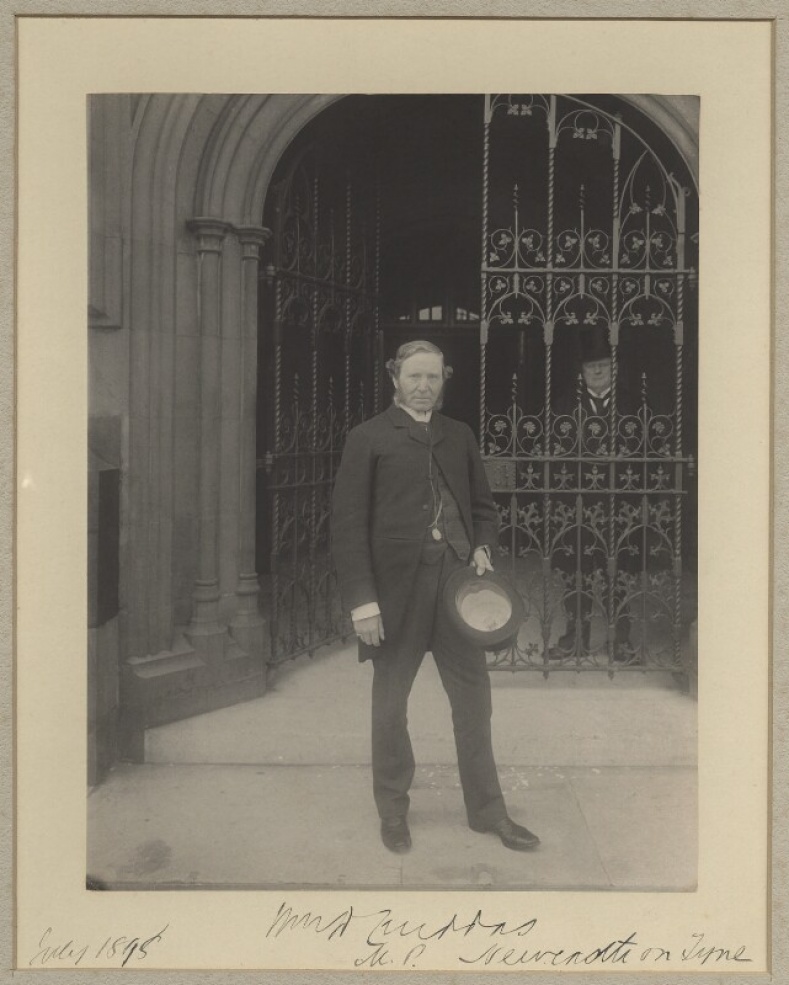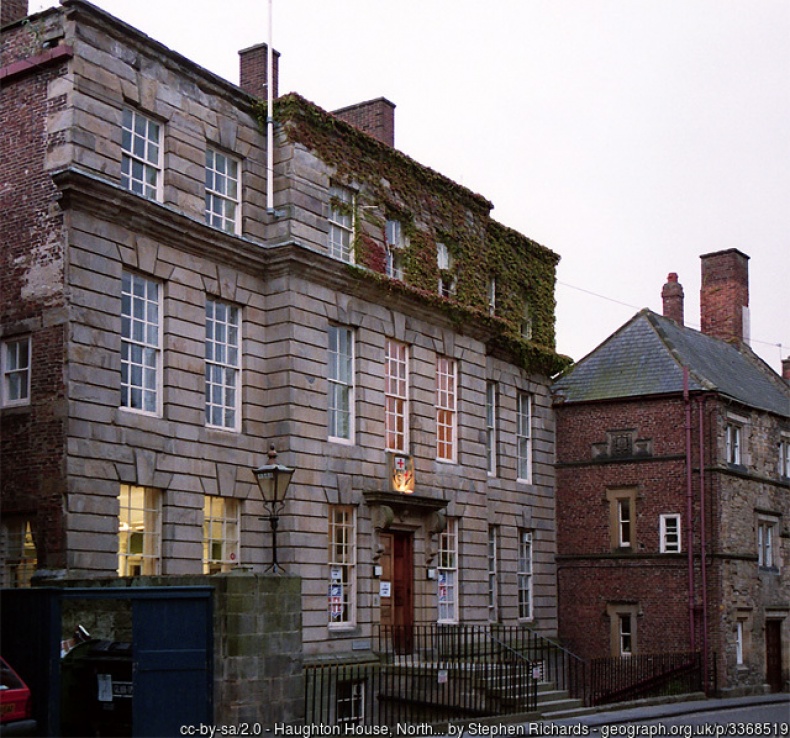

Cruddas, William Donaldson and Cruddas, Dora
1831-1912 and 1864-1926
Members of Business Dynasty
Dora Cruddas was born into the wealthy Cruddas family in 1864 at Elswick Park Terrace in Westgate, Newcastle. She was the daughter of William Donaldson Cruddas (1831-1912) and Margaret Cruddas (b.1839) and granddaughter of George Cruddas (1788-1879). The Cruddas family had originally made their fortune from textiles and shipping, but in the 19th century had expanded their interests as financiers to industry, supporting a number of entrepreneurs. In 1845 George Cruddas provided the capital that allowed William Armstrong to move from practising law, into hydraulic crane manufacturing. Amongst other investments were local coal mines, including Oxclose Colliery in Washington.
Dora’s father, William, was appointed as finance director to Sir W.G. Armstrong & Co. It was a company his father, George, had been instrumental in establishing. As a partner to Lord Armstrong, George had consolidated the Newcastle Cranage Co., W.G. Armstrong & Co. and the Elswick Ordnance Co. William oversaw the next iteration of the Armstrong enterprise as a limited liability company, three years after his father’s death.
William was perhaps inspired by Armstrong’s philanthropy to use his wealth to make gifts to Newcastle. In the west end of the city, near where William lived and worked, he donated the land for Cruddas Park. The park was overlooked by St. Stephen’s Church, which William also gifted, and provided land for St. Vincent’s Boys Orphanage and George’s Road School. In the east end of the city, William built a second church, St. Marks, in Byker.
Dora shared her father’s taste for philanthropy. With her father, she made the endowment which founded the St. John’s Hall in Durham in 1909. Dora continued to support the Hall, which became St. John’s College in 1919 and formally recognized by Durham University in 1923. Shortly after her death in 1926, Dora’s lifetime support of the college was celebrated by the installation of a stained glass window in the chapel.
From having just five members in 1909, the college has become one of the most popular at Durham University and continues to grow. In 2018, the college hopes to add a new Learning Resource Centre. Before construction began, an archaeological excavation of the site discovered the remains of a late medieval rectory. The long tradition of ordination preparation that took place at the rectory will be incorporated into a visual display for future generations of students at the college.
References
Durham University (2018). The Learning Resource Centre. Available here (Accessed: 04/07/2018).
Lomas, R. (2009). An encyclopaedia of North-East England, Edinburgh: Birlinn Ltd, pp. 121-122.
Lendrum, O. (2001). An Integrated Elite: Newcastle’s Economic Development 1840-1914. In Newcastle Upon Tyne: A modern History Colls, R & Lancaster, W. (eds), Chichester: Phillimore & Co. Ltd, Chichester, pp. 34, 40.
St. John’s College: David Wilkinson’s introduction to undergraduates. Available here (Accessed: 04/07/2018).
Whiting, C.E. (1932). The University of Durham 1832-1932, London: The Sheldon Press, pp. 173-174.